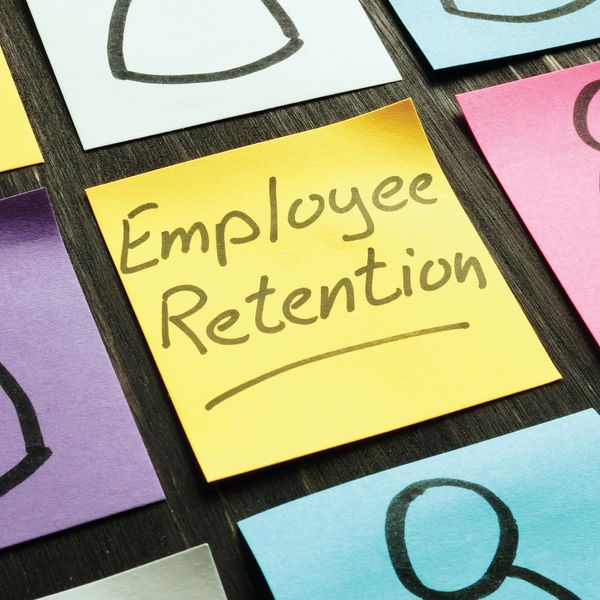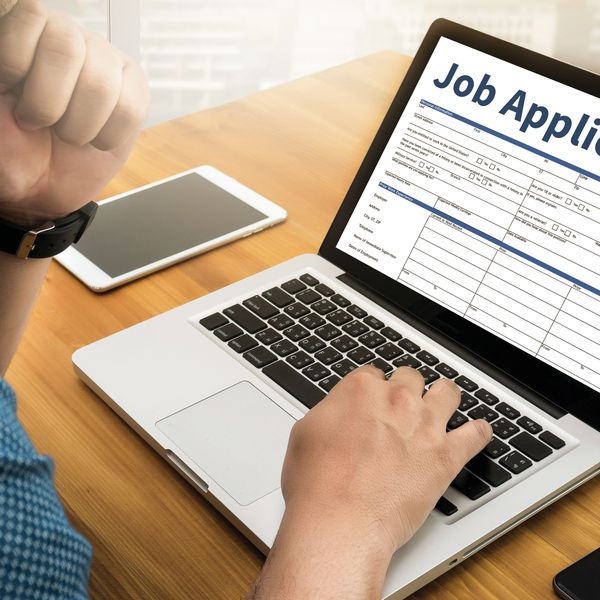How to hire faster (without settling)
You’ve picked the best candidate for an open position. You’re excited to offer the person a job, only to be deflated when you hear that your great hire was snatched up by a competitor. Sound familiar?
The Society of Human Resource Management (SHRM) reports that it takes an average of 42 days to fill an open position. That length of time varies depending on the type of position. With harder-to-fill positions in fields like engineering, for example, it can take more than 60 days.
A lot can happen in a job applicant’s life in 40 to 60 days.
And while it pays to be thorough when evaluating a job candidate, most people apply to multiple jobs at the same time. The longer you deliberate, the higher the chance that you’ll lose a good candidate to a competitor.
Benefits of faster hiring
Reducing the amount of time it takes to fill positions by days or even weeks has many possible benefits, including:
- Higher acceptance rates. Reducing the time from interview to offer gives candidates less time to reconsider whether they want to join your company. It also gives them less time to interview elsewhere or listen to counteroffers from their current managers.
- Better candidate experience. Cutting the time it takes to hire can reduce stress for those searching for work. You’re not forcing applicants wait as long for feedback.
- Improved company reputation. Being decisive with your hiring process helps you differentiate yourself from competitors. Responding rapidly to applicants and making quicker hiring decisions may encourage them to spread the word to other potential applicants.
- Happy managers and employees. Short recruitment cycles get teams that are down a member or two back on track sooner. This prevents burnout among team members who pick up the extra work caused by open positions. And efforts to reduce hiring time may help managers see and correct areas where they have been causing delays in the hiring process.
Nine tips for faster hiring
But how exactly do you reduce your time-to-hire statistics? Here are some suggestions for speeding up your hiring process:
- Identify any log jams. Look through past hiring data and determine your average time-to-hire by department and position. This may help you see where there are hold-ups in the hiring process.
- Consider alternate communication methods. If you’re spending too much time playing phone tag trying to schedule interviews, texting may speed things along. Also, consider using a scheduling app so applicants can book available interview times directly.
- Review your job descriptions. It may be the case that the requirements listed even a few years ago are no longer relevant. By taking time to talk with any managers who are not finding qualified applicants, you may be able to determine more clearly what they are looking for. This will allow you to tailor job postings to current needs, bringing in better-matched candidates.
- Clean up your job listings. Use clear and simple language in job descriptions and keep them to a reasonable length. A job description should provide the candidate with enough information to make a decision about whether to apply. However, including too much information in a job description can deter applicants from pursuing a role.
- Evaluate where you are looking for applicants. Post your job listing not only on generic job sites but also in locations where your targeted candidates are most likely to spend time online. Make use of industry groups on LinkedIn and other social media sites. Also, establish an employee referral program. Tapping into employees’ social networks can bring great returns.
- Optimize the career page on your company website. Make your career page attractive and simple to use for job applicants. Update the page whenever you have a new opening. Let visitors see the current openings as soon as they land on the page.
- Consider automating more of your recruiting process. If you’re using email and spreadsheets as your main recruiting tools, you might investigate recruiting software to simplify your entire hiring process. An app with an applicant tracking system and resume management feature will allow you to receive resumes from multiple sources and collect them in one searchable place. A good recruiting app should help you assign specific responsibilities to others involved in the process, share feedback, and send messages to candidates.
- Analyze and improve. Continually review your hiring activities. Analyze how many applications you received, how many positions were filled, how many managers were involved, how much time was taken, etc. This will help you understand which stage of your hiring process needs to be further streamlined. If you are using hiring software, these stats and reports should be available with the click of a mouse.
- Consider a staffing firm. If reducing the time it takes to hire continues to be a challenge, working with an outside staffing firm could help. A staffing firm could send you candidates from pre-existing talent networks which would help you meet more qualified applicants. It would also automate the hiring process using their software. A staffing firm could also help you develop hiring strategies aligned with your business.































































